


|
|
|
|||||||||||||||
|
|
||||||||||||||||
|
|
||||||||
|
|
Lucca Cathedral of Saint Martino 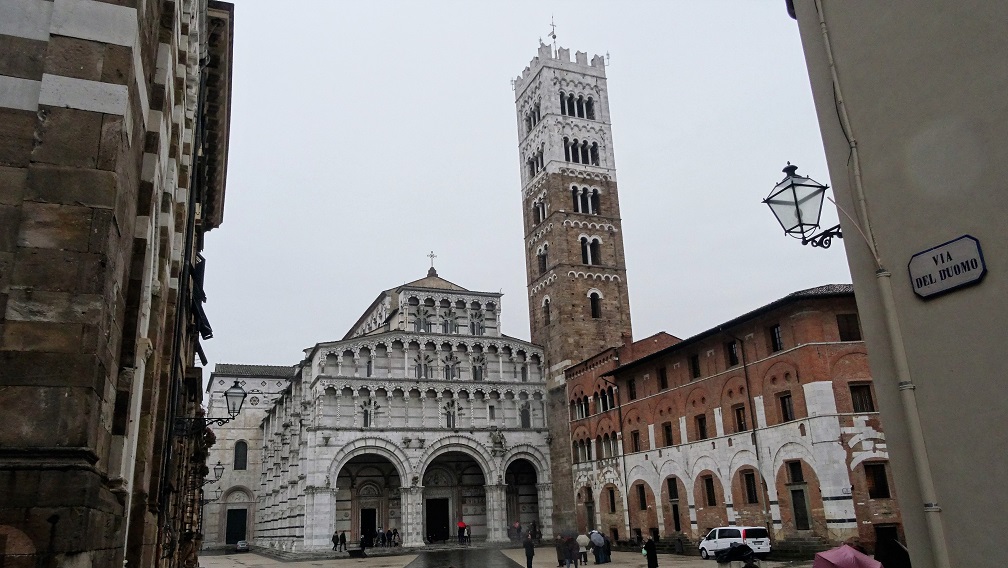
Located just outside the main tourist area in the old city centre the Roman Catholic Cathedral of Saint Martin (San Martino) dates back to the 6th century but was rebuilt in Romanesque style in the 11th century with construction starting in 1063 by Bishop Anselm who was later to become Pope Alexander II. The cathedral was consecrated in 1070. The Cathedral incorporates both Gothic and Romanesque style with the exterior that we see today with its polychrome marble facade being produced in the 1200's although it has undergone a number of modifications over the years. The portico incorporates sculptural decoration of intricate detail using pink, green and white marble. The different style of columns has been put down to Lucca having a competition in the 1233 in order to determine who would construct the columns and then using all of the entries. The façade contains three arches above them three ranges of open galleries adorned with sculptures. The right-hand arch of the façade is narrower than the other two. This was to fit in with the bell tower, which already existed. The base of the bell tower is made of a quartz stone called Guamo which provides a mixture of different colours in stark contrast to the limestone. Rising to almost 60 meters in height the tower has the openings starting three floors up from the ground, these then increase in number as it rises. The nave and transepts of the cathedral were rebuilt in the Gothic style in the 14th century with the interior being decorated during the 14th and 15th centuries and this reflects the influence of the Late Gothic period. The marble inlay floor with a mix of geometric and religious themes originated in 1233. The floor contains a knight on a horse, like the one on the façade (The original statue from the facade is found inside the church). The ceiling contains images produced in mosaic in a deep blue and gold colour. The cathedral houses the work of several Italian artists from the Renaissance period, including Federico Zuccari's Adoration of the Magi, Jacopo Tintoretto's Last Supper, and Fra Bartolomeo's Madonna and Child. The Cathedral is also renowned for Ilaria del Carretto’s tomb, by Jacopo della Quercia of Siena in commemoration of the wife of Paolo Guinigi, the Lord of Lucca, she died in childbirth at a very young age, in 1406. In the nave is a small octagonal temple which contains the most precious relic in Lucca, the Holy Face of Lucca or Sacred Countenance. This is a cedar-wood crucifix and image of Christ, according to the legend, was carved by his contemporary Nicodemus, and miraculously conveyed to Lucca in 782. Christ is clothed in the colobium, a long sleeveless garment. The chapel of the Holy Face was built in 1484 by Matteo Civitali, the most famous Luccan sculptor of the early Renaissance. 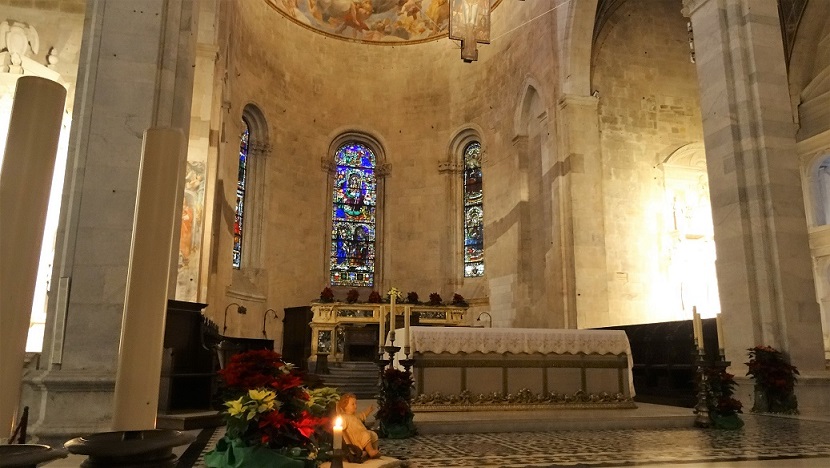 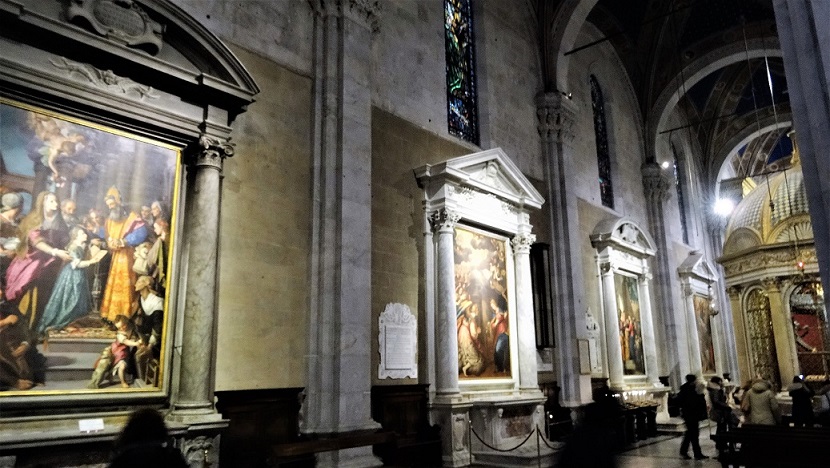
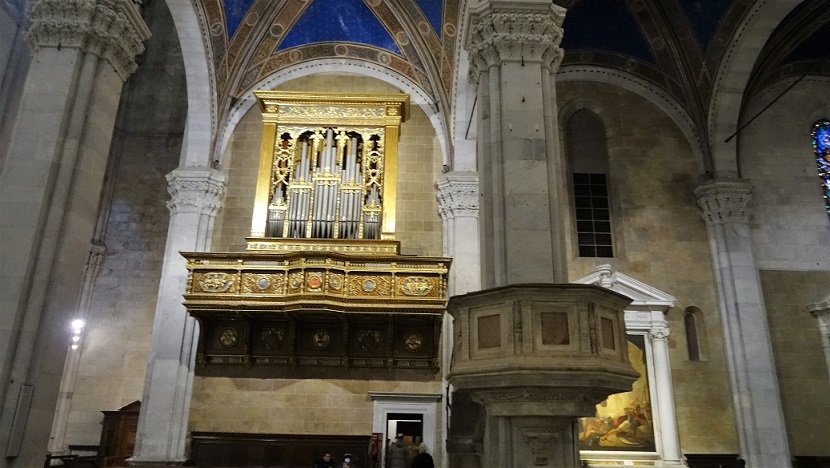 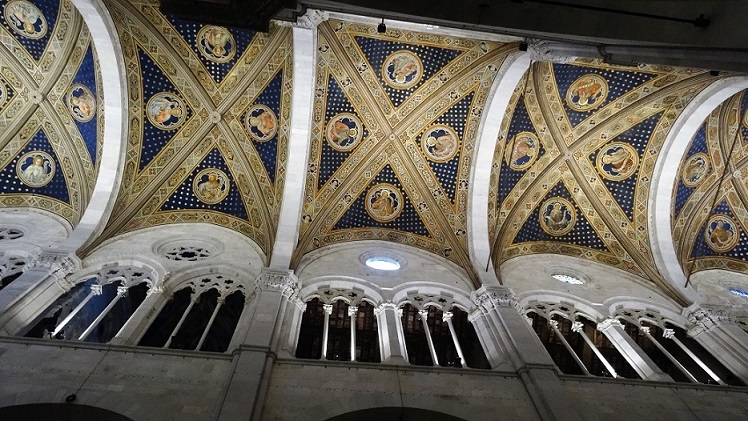

|
|
||||||
|
|
||||||||
All Photographs were taken by and are copyright of Ron Gatepain
| Site Map |